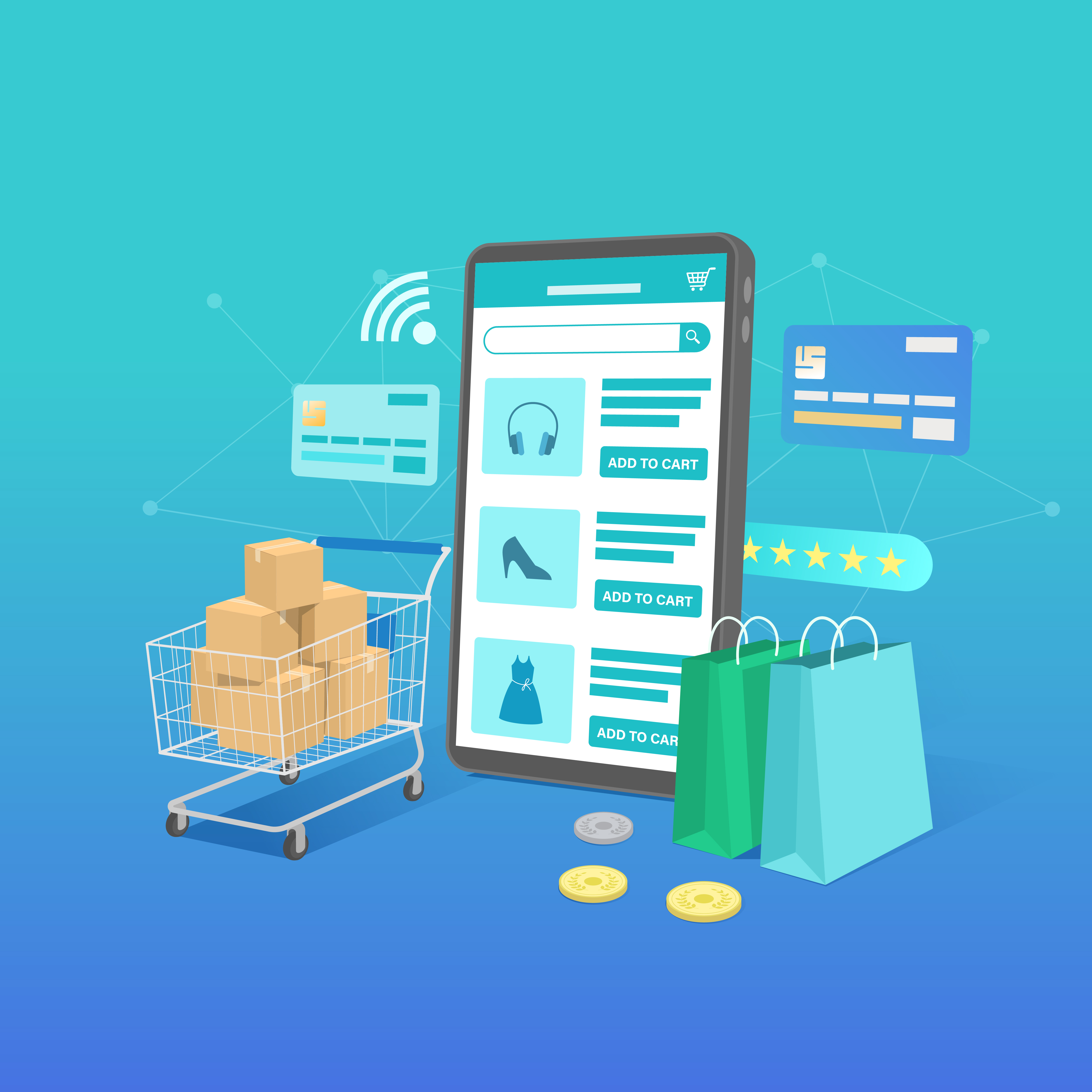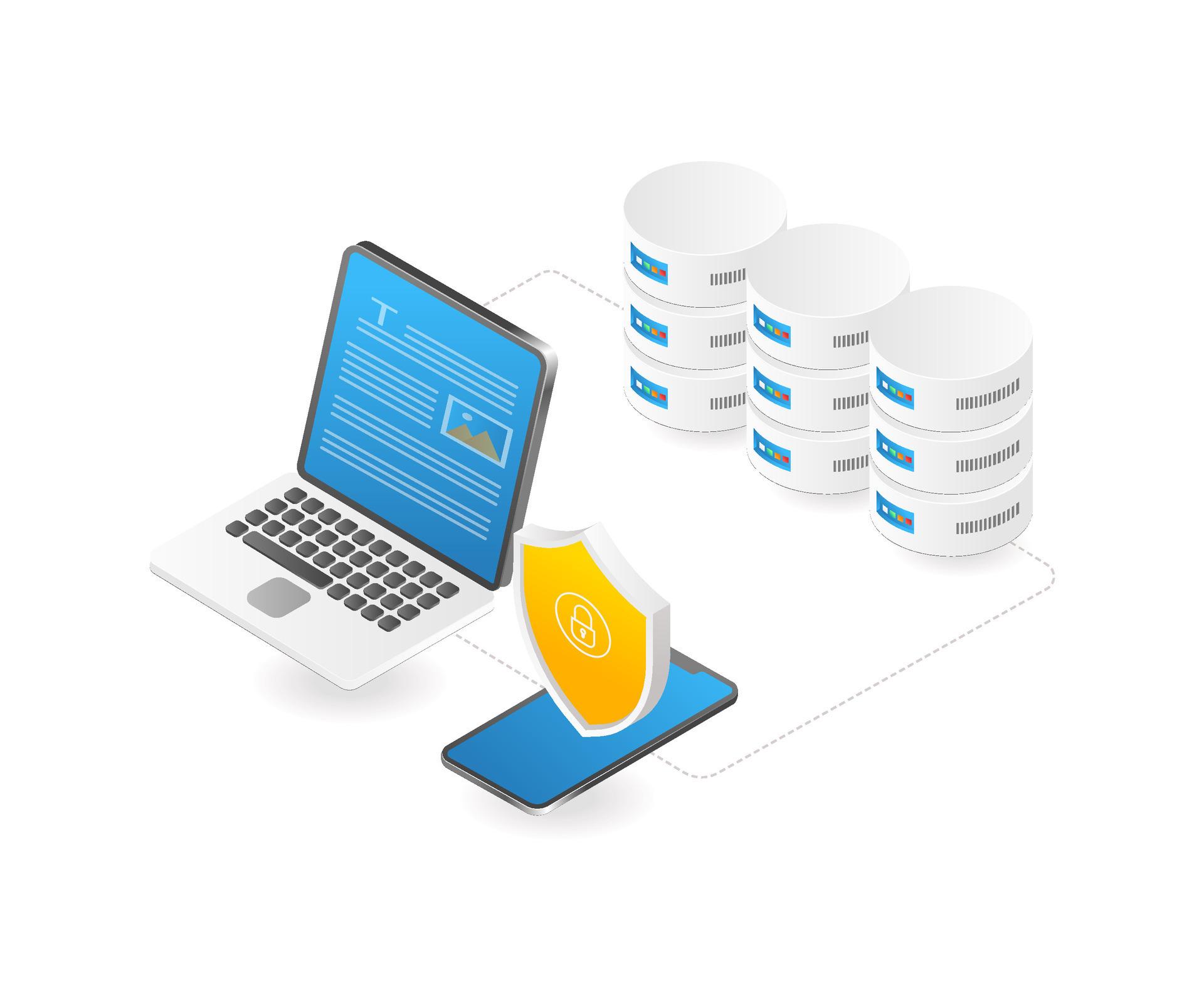Ecommerce mobile app development cost

What is ecommerce mobile app development?
E-commerce mobile app development refers to the process of creating applications specifically designed for mobile devices (such as smartphones or tablets) that facilitate online buying and selling of goods or services. These apps allow users to browse product catalogs, make purchases, track orders, and perform various transactions directly from their mobile devices.
The primary goal of ecommerce mobile app development is to create a seamless and convenient shopping experience for users, optimizing the digital marketplace for businesses to connect with their customers.
How to build an e-commerce mobile app?
Building an e-commerce mobile app involves several essential steps to create a successful platform for online buying and selling. Here is a comprehensive guide on how to build an e-commerce mobile app:
1. Market Research and Planning
- Define your target audience and understand their needs and preferences.
- Research competitors and analyze their strengths and weaknesses.
- Determine your unique selling proposition and plan how your app will stand out in the market.
2. Define Features and MVP (Minimum Viable Product)
- Make a list of essential features your app will have initially.
- Prioritize features to create a Minimum Viable Product (MVP) – a basic version with core functionalities for the initial launch.
3. Choose Development Approach:
Decide whether to develop a native app (iOS/Android) or opt for cross-platform development using frameworks like React Native or Flutter.
4. User Interface (UI) and User Experience (UX) Design
Create wireframes and mockups for the app's design to ensure a user-friendly interface and optimal user experience. Design should be intuitive, engaging, and easy to navigate.
5. Backend Development
Develop the server-side infrastructure, database, and APIs necessary to manage product listings, user accounts, transactions, and other functionalities.
6. Feature Implementation
Integrate essential e-commerce features such as product catalogs, search functionality, shopping cart management, secure payment gateways, order processing, and push notifications.
7. Testing and Quality Assurance:
Conduct thorough testing to identify and resolve bugs, ensure the app works seamlessly across various devices, and provides a smooth user experience.
8. Security Measures
Implement robust security protocols to protect user data, secure transactions, and prevent unauthorized access to sensitive information.
9. App Deployment
Submit the app to respective app stores (Apple App Store, Google Play Store) for review and approval.
10. Post-Launch Maintenance
Continuously update the app to add new features, improve performance, fix bugs, and address user feedback to enhance the overall user experience.
11. Marketing and Promotion
Develop a marketing strategy to promote the app, increase visibility, and attract users through various channels such as social media, paid advertising and SEO for ecommerce.
Building an ecommerce app requires careful planning, attention to user experience, robust development, and consistent post-launch efforts to ensure success in the competitive e-commerce landscape.
Factors that influence e-commerce app costs
Several factors influence the costs associated with ecommerce mobile app development. These factors can significantly impact the overall expenses of creating and maintaining the application. Some key factors include:
- Complexity of Features: The number and complexity of features integrated into the app heavily influence the development costs. Advanced functionalities such as AI-based recommendation engines, AR/VR integration, complex search algorithms, or personalized user experiences generally increase development expenses.
- Design and User Experience: A well-crafted user interface (UI) and user experience (UX) design are crucial for engaging users. High-quality design elements and customizations might incur additional costs but can significantly enhance user satisfaction and app success.
- Platform (iOS, Android, Both): Developing for a single platform (iOS or Android) is typically less expensive than creating an app for both platforms. Costs can vary based on the platform’s specific requirements, design guidelines, and development complexity.
- Development Approach: Choosing between native app development (using platform-specific languages like Swift for iOS or Kotlin for Android) and cross-platform development (using frameworks like React Native or Flutter) affects costs. Native apps often require more time and resources but can offer better performance, while cross-platform development might be more cost-effective.
- Third-party Integrations: Integration with external services like payment gateways, analytics tools, CRM systems, or social media platforms can add to the overall development costs. These integrations require additional development time and may involve licensing fees.
- Security Measures: Implementing robust security features to safeguard user data and transactions adds to the development expenses. Security protocols, encryption methods, and compliance with data protection regulations contribute to costs.
- Testing and Quality Assurance: Thorough testing to ensure the app’s functionality, compatibility across devices, and reliability involves additional costs. Quality assurance is crucial to identify and resolve bugs or issues before the app's launch.
- Project Complexity and Timeline: Projects with tight deadlines or complex requirements may require additional resources, which can impact costs. Factors like project management, team size, and development speed influence overall expenses.
- Location and Development Team Rates: Development costs can vary based on the geographical location of the development team. Rates for skilled developers differ across regions and countries, affecting the overall project budget.
Considering these factors and their implications on ecommerce mobile app development is crucial for creating a realistic budget and ensuring the successful delivery of a high-quality app that meets both business and user requirements.
Ecommerce mobile app development cost
The cost of developing an ecommerce app can vary significantly based on various factors, including the app's complexity, features, design, development approach, geographical location of the development team, and more. However, providing an exact cost without specific project details is challenging. Here's a breakdown of potential cost considerations:
- Basic App: A simple e-commerce app with essential features like user authentication, product catalog, shopping cart, and basic payment gateway integration can cost anywhere from $10,000 to $50,000+.
- Moderate Complexity: An app with additional functionalities such as advanced search options, personalized user experiences, multiple payment gateway integrations, user reviews, and push notifications might range from $50,000 to $150,000.
- High Complexity/Enterprise Level: E-commerce apps with complex features like AI-powered recommendations, AR/VR integrations, complex backend systems, extensive customization, and scalability considerations can exceed $150,000+.
It's crucial to discuss project specifics with development agencies or professionals to get a more accurate estimate based on your app's unique requirements. Detailed planning, defining clear objectives, and understanding the scope of the project are vital steps to determine the overall cost of e-commerce app development.
Conclusion
Understanding the various components that contribute to ecommerce mobile app development cost from feature complexity and design intricacies to platform choices and ongoing maintenance provides a clearer perspective for businesses. By striking a balance between costs and quality, and by embracing a user-centric approach throughout the development lifecycle, businesses can harness the power of e-commerce mobile apps to drive success in the digital marketplace.


